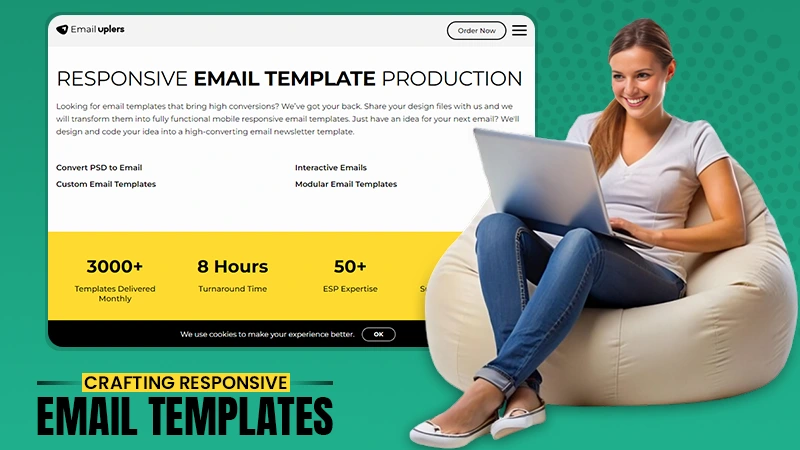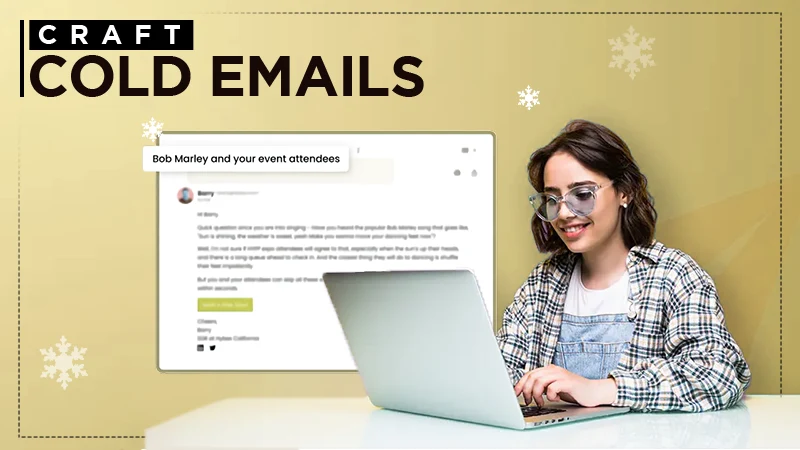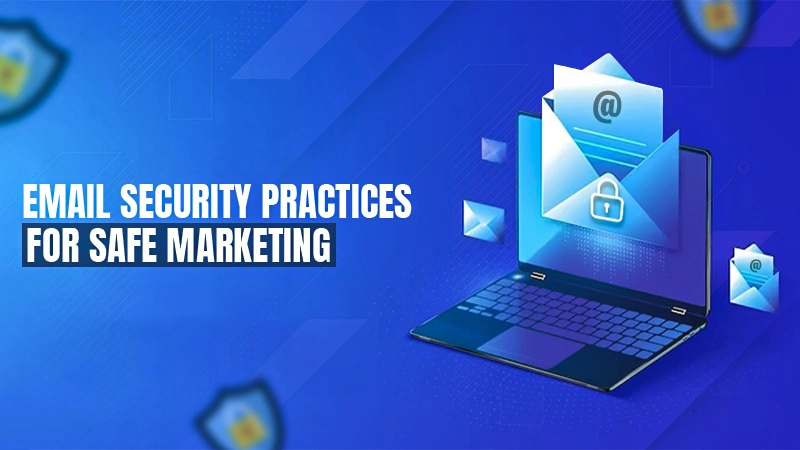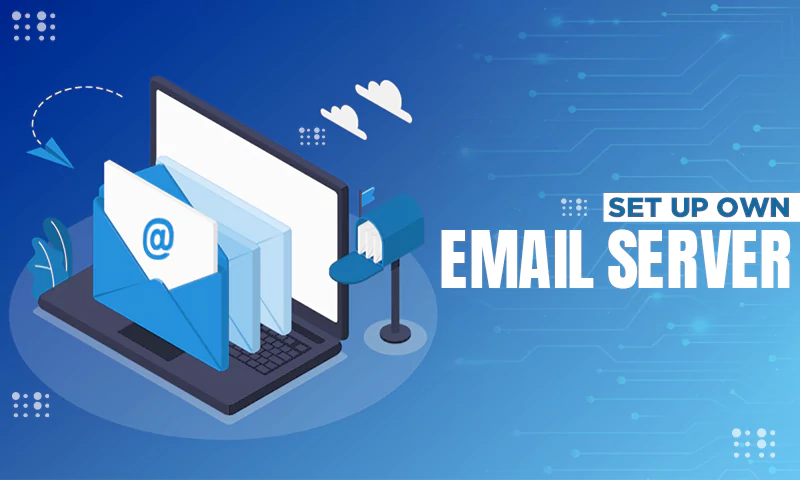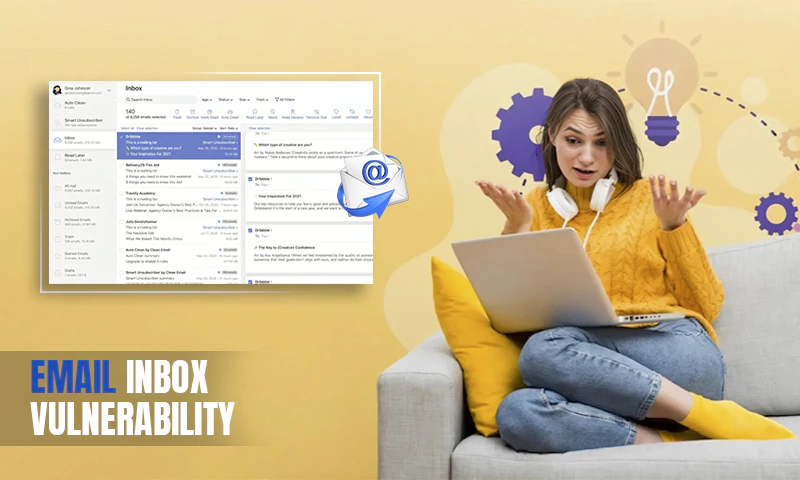How do I Create a Small Business Email List?
A reliable list of existing or potential customers’ emails will help you stay connected with promising leads rather than bothering those who aren’t interested in your product or service. This also allows customers to stay informed of new offers and promotions and engaged with your business.
Fortunately, it’s not hard to create a solid email list. It starts with choosing a reliable email hosting service. Small businesses don’t need myriads of emails and can’t afford to spend astronomical amounts on hosting them. Look for an optimal cost-to-value ratio and read the fine print.
Call to Action
Each landing page or blog should have a personalized call-to-action (CTA). According to a survey by HubSpot, these CTAs have a much higher conversion rate than those which are the same for all visitors. More specifically, the difference is 42% – almost twice the potential subscribers.
It’s only natural this would be the case. People who visit your landing pages or blog are interested in something specific, so your CTA should reflect that.
A personalized CTA will work if you can create that quality content, to begin with. It doesn’t have to be a time-consuming or costly process. You can offer quizzes, get an e-book written, or have a member of your team write a specialized article on a relevant subject.
You want to avoid your email newsletter coming off as an advertisement if your content is directly connected to your customers’ interests. Following these tips will feel valuable and helpful, which is vital if you want to retain customers long-term.
Integrate Email Signup Forms
This is among the simplest ways to create an email group. All you need to do is embed signup forms in an easy-to-find location. Forms make it easy for future clients to share their emails with you. You can link them to social network posts, embed them in blog posts, or place them on your site.
Many marketing tools have form templates to help you out if you’re not sure where to place forms or how to create them. The place where you embed them is crucial. They should be as valuable to your customer as possible, such as after reading a blog article or buying something from you.
Create a Timed Popup Ad
Business owners have come a long way from the pesky popups of the 2000s. Now, it’s all about onsite retargeting. Timed ads appear after a visitor has spent some time on one of your pages. They will see a popup relevant to their behavior or the page’s content. One example is scroll popups, which show up after the visitor has scrolled up to a set point. More commonly, they appear when they try to leave the page.
Ask for Emails During Purchase
You could add a field for the customer’s email when they order something from you. Ask if they’d like to have information about product updates, special offers, or exclusive deals emailed to them.
How to Get People to Sign Up?
To incentivize users to provide their email addresses, don’t ask for an overwhelming amount of information. Your signup forms should be as short as possible. Make it fast and easy to encourage them to sign up. Many of them will abandon the form if you ask for too many details. All you need is their name and email address.
Promotions and Discounts
You’ll give people an incentive to sign up if you promise them a discount code with their first email. It is the first step in building brand loyalty. Provide seasonal or occasional discount codes and promotional deals to keep them engaged.
Access to Special Events
Assure your customers that they’ll be the first to hear about special events, holiday offers, new products, and other perks by signing up.
Share Helpful Content
They will have far more to gain that access to discount codes by being on your email list. Draw attention to educational content and free tips, particularly if shoppers ask a lot of questions.
Ask for Permission
You can’t send people sales or marketing emails without their explicit permission. Many countries have laws against spam emails. Your form should have a box to check if the customer wants to receive emails from you. You get a record of their consent if you require them to check a marketing permission box. Anyone that opts out of receiving emails should be removed from the list as soon as possible.
Share





